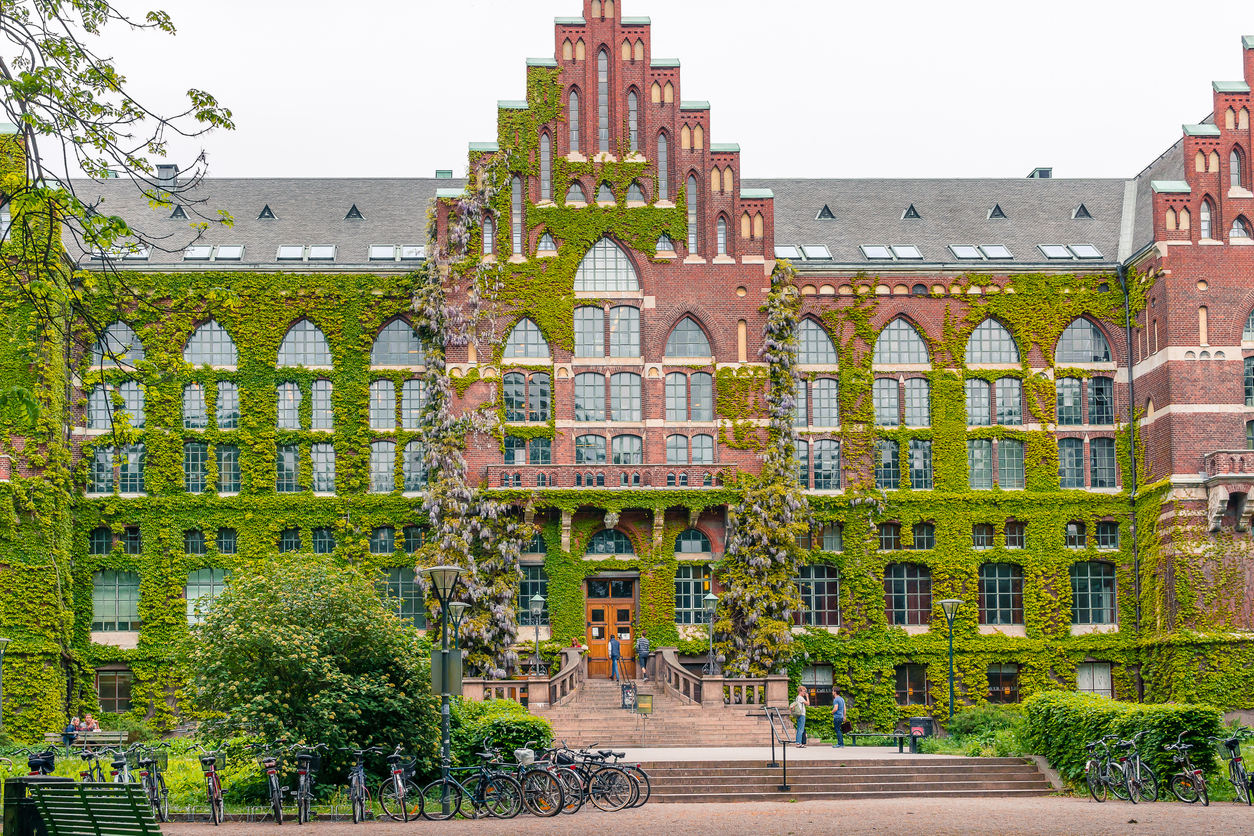Studying in Sweden: everything you need to know
Sweden has more than 1,000 English-taught programmes in a variety of universities across the country. What do your students need to know about applying there?

Sweden is a European country that stands out for social inclusion, free speech, innovation, research and technology.
Sweden has 39 universities and at least 19 subject areas, with more than 1,000 English-taught programmes in a variety of universities across the country. Fourteen Swedish universities are listed in the Times Higher Education World University Rankings, with Karolinska Institute the highest ranked, at number 50.
I believe that when it comes to helping students find their best-fit study destination, it’s vital to take weather conditions into account. Sweden is an amazing country – however, an international student must easily adapt to low temperatures and different daylight cycles. One of my students who decided to apply to study in Sweden spent the winter holiday there, just to be sure.
Let’s look at the steps you should advise your students to follow for successful applications to Swedish universities.
Studying in Sweden: admissions rounds
People from countries of the European Union and the European Economic Area and non-EU citizens may apply for courses and programmes taught in English in either the first or second admission round. The first round has an application deadline of mid-January, and a documentation deadline in early February. The second admissions round has an application deadline of 15 April and a documentation deadline in early July.
However, international students should apply after completing their secondary studies, so as to be able to submit their final school transcript.
Non-EU citizens will be required to obtain a residence permit to study in Sweden. The recommendation is that they should apply for the spring semester or the following autumn semester, in order to leave enough time to obtain a residence permit.
If applicants complete their secondary education in an EU/EEA country or Switzerland, or are IB or EB students, they can submit their documentation until 5 July, for the autumn semester intake.
For more information, please see this webpage.
Also, be aware that there are special application instructions for students with IB or EB qualifications. The relevant information is here.
Studying in Sweden: the admissions process
Step 1. Create an account on the admissions portal
There are two main portals for university applications in Sweden:
- www.universityadmissions.se, for English-taught programmes
- www.antagning.se, for applications to Swedish-taught programmes.
On these platforms, you and the applicants will have easy access to information regarding universities in Sweden, study programmes, the admission process, scholarships and funding, as well as to webinars and online university fairs.
Students should create an account and start the application process well in advance of the deadline.
Step 2. Submit the required documents
The student must submit officially issued documents, which usually include stamps, seals and signatures to prove their validity. Documents from some countries require translation into English.
To be eligible for admission to a Swedish university, an applicant must meet general and specific requirements and have a merit rating. This is similar to GPA, and is calculated based on completed upper-secondary coursework and grades achieved by the applicant.
General entry requirements
Students must have completed their upper-secondary education before they apply, as they need to submit their final school transcripts. Please see the information on admissions rounds above.
The student should be able to provide a proof of English proficiency equivalent to the Swedish upper-secondary course English 6. English proficiency tests can also be a good choice.
Swedish universities have an additional mathematics requirement. You must have successfully completed courses equivalent to the Swedish courses mathematics 1a, 1b or 1c. More information should be available on the programme page of the website for the student’s chosen university.
Specific entry requirements
Universities may require that the student has studied certain subjects at a specific level. See the universities’ websites for information about requirements for the student’s chosen programme.
Other specific requirements may include: motivation letters, letters of recommendation and CVs. Of course, a valid passport or ID card is also needed.
Be sure to check the information and requirements for the country where your school is based, because these can also vary.
Step 3. Rank chosen programmes
The applicant can choose up to eight programmes and rank them according to preference. The applicants will be considered for the programmes they have applied to, one at a time, starting with the first-ranked programme.
Once the applicant has been offered a place for one programme, their applications for lower-ranked programmes will be deleted.
Step 4. Pay the application fee
The payment of the application fee can be made no later than two weeks after submitting the application. This fee applies to applicants from non-EU/EEA countries, and is about €90 (£76).
Scholarships and funding
If the applicant is looking for scholarships and funding opportunities for university studies in Sweden, information can be found here and here.
Applying for a residence permit
Swiss students and those from non-EU/EEA countries need to obtain a residence permit in order to study in Sweden. You can find detailed information about how to apply for one here.
Note: All information and costings were correct at the time of publication.




